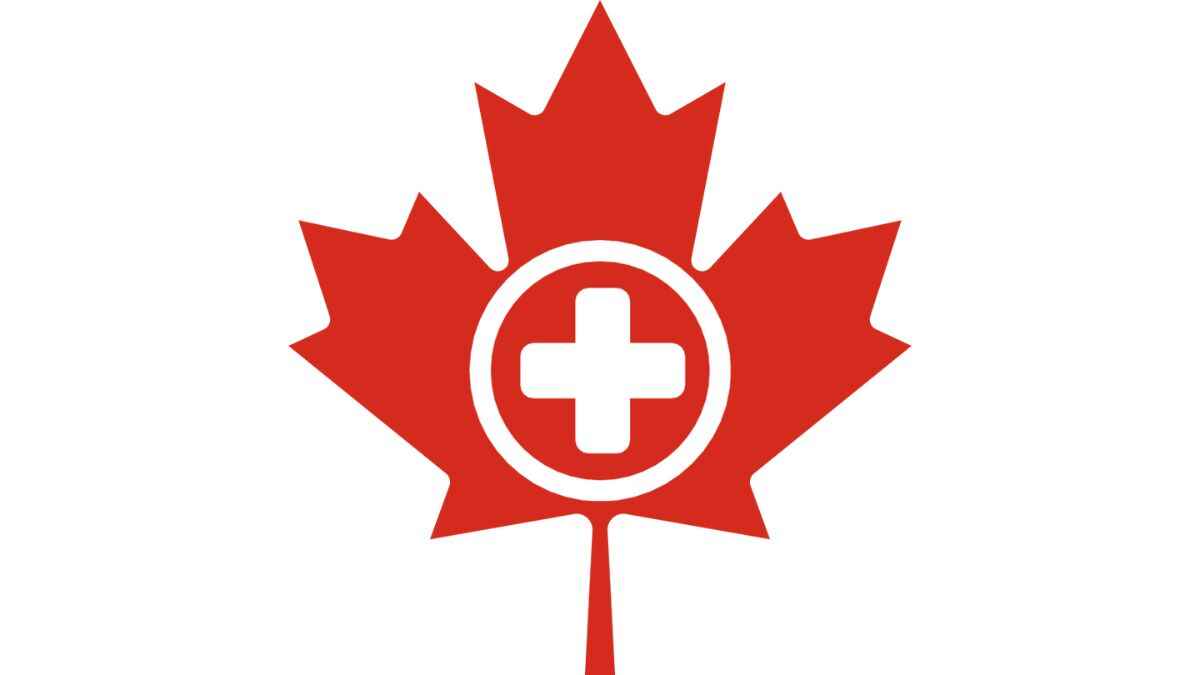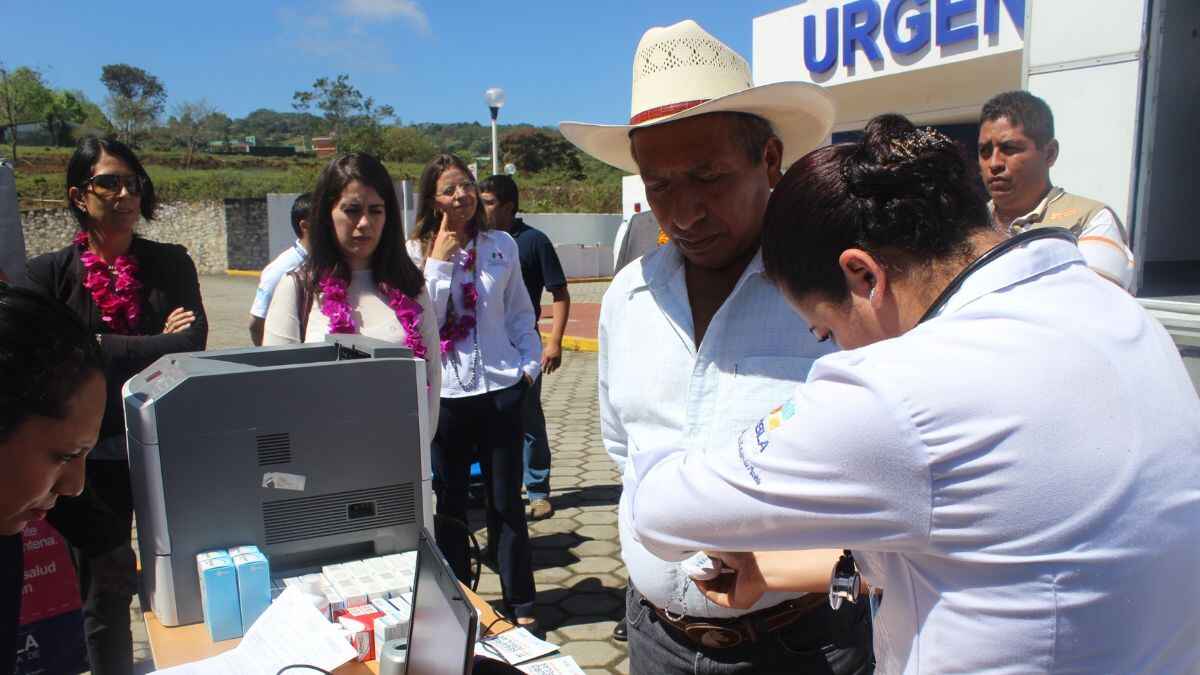The misconception surrounding the free healthcare system often entails its confusion with a medical care system exempting patients from direct payment for healthcare services. On the Contrary, healthcare services are far from being genuinely "free" within these systems.
Instead, they are typically sustained through government taxation, social insurance contributions, or a combination thereof. Consequently, although patients might not be obligated to make immediate payments for healthcare services at the point of care, they indirectly shoulder the cost of these services through taxes or other forms of contributions.
ALSO READ| Top 10 Countries That Pay You To Move As Foreigner in 2023
List of Countries With Government Taxation or Social Insurance Contributions Health Care Systems
The Health Care System of countries around the world can be divided in 5 major categories:
1. Countries with universal government-funded health systems
In this framework, also recognized as single-payer healthcare, government-funded healthcare extends to all citizens, irrespective of their income or employment status. Some countries may extend healthcare benefits to non-citizen residents, while others mandate private insurance purchases.
| Australia | Georgia | North Korea | Taiwan |
| Bahrain | Greece | Norway | Trinidad and Tobago |
| Bhutan | Iceland | Oman | Ukraine |
| Botswana | Ireland | Portugal | United Kingdom |
| Brazil | Italy | San Marino | |
| Brunei | Kuwait | Saudi Arabia | |
| Canada | Malaysia | South Africa | |
| Cuba | Maldives | Spain | |
| Denmark | Malta | Sri Lanka | |
| Finland | New Zealand | Sweden |
ALSO READ| 9 Safest Countries in the World for Women to Travel Or Live In: Check List Here
2. Countries with universal public insurance system
Within these countries, employed individuals participate in social insurance schemes, with the government withholding a portion of their wages, subsequently split between the employee and employer. Those lacking formal employment contracts or eligibility for unemployment registration may be excluded from free healthcare provisions:
| Albania | Croatia | Lithuania | Serbia |
| Andorra | Czech Republic | Luxembourg | Singapore |
| Belgium | Estonia | Monaco | Slovakia |
| Bulgaria | France | Moldova | Slovenia |
| China | Hungary | Montenegro | South Korea |
| Hong Kong | Iran | Poland | United Arab Emirates |
| Macau | India | Qatar | Abu Dhabi |
| Colombia | Japan | Romania | |
| Dubai | Latvia | Russia |
3. Countries with universal public-private insurance systems
Within this paradigm, certain individuals access healthcare through primary private insurance channels, while those ineligible for such coverage receive support from the government.
| Algeria | Germany |
| Austria | Mexico |
| Argentina | Peru |
| Chile | Turkey |
| Cyprus |
4. Countries with universal private health insurance system
In this configuration, healthcare services are delivered through mandatory private insurance, often subsidized by the government, particularly for low-income citizens.
| Israel | Liechtenstein | Netherlands | Switzerland |
ALSO READ| World’s 11 Safest Countries to Visit in 2023: Check Complete List Here!
5. Countries with non-universal insurance systems
Within this framework, a diverse healthcare landscape emerges, encompassing citizens with private health insurance, those eligible for subsidized public healthcare, and a segment lacking any insurance coverage altogether.
Walk the Talk: #HealthForAll Challenge is back in the Big Apple!
— World Health Organization (WHO) (@WHO) September 8, 2023
Join us in Central Park, New York City, for a healthy start to the day.
🗓️ 17 September - 7AM
This event is free, all-inclusive & open to all ages - register here: https://t.co/rWr2BXJvij pic.twitter.com/14Kdfpe2qG
| Bangladesh | United Arab Emirates |
| Burundi | Ajman |
| Democratic Republic of Congo | Fujairah |
| Egypt | Ras al-Khaimah |
| Ethiopia | Sharjah |
| Indonesia (in transition) | Umm al-Quwain |
| Jordan | Tanzania |
| Kenya | Uganda |
| Nigeria | United States |
| Paraguay | Yemen |
Top 3 Countries With Universal Health Care System In Americas
1. United States

In the United States, the healthcare system functions as a mixed-market model. Government entities (federal, state, and local) cover 45% of healthcare expenses, while 38% receive coverage through employers, and 17% rely on private sources, including insurance and out-of-pocket payments. Reform efforts focus on three systems: single-payer, employer or individual mandates, and consumer-driven health, with ongoing proposals to integrate them. Over the last 30 years, healthcare has shifted from a not-for-profit model to for-profit institutions.
2. Canada

Canada's healthcare operates through publicly funded provincial and territorial systems, known as Medicare. Guided by the Canada Health Act, it ensures universal access.
Medicare covers about 70% of healthcare needs, with the remaining 30% privately financed, especially for services like prescription drugs, eye care, and dentistry. Supplementary health insurance is common among 65-75% of Canadians, often provided by employers or social programs for specific demographics.
3. Mexico

In Mexico, healthcare is offered by public institutions and private entities. Private healthcare operates in a free-market system for those who can afford it. Public healthcare is managed by the Mexican Federal Government and IMSS.
Mexico offers high-quality and affordable healthcare, with many cities having top-tier hospitals. Some U.S. insurers even encourage members to seek care in Mexico, where costs are significantly lower (about 40%). Mexican dentists charge just 20-25% of U.S. prices, making it a popular destination for dental and medical tourism.
ALSO READ|
- 9 Most Dangerous Countries In The World Right Now: Check Complete List Here
- 7 Countries Not Recognised By The United Nations (UN)
- Top 10 Most Happiest Countries In the World: Check Complete List
- Top 10 most powerful countries in the world
- List of States in the USA - Check How Many States in the USA?
Comments
All Comments (0)
Join the conversation